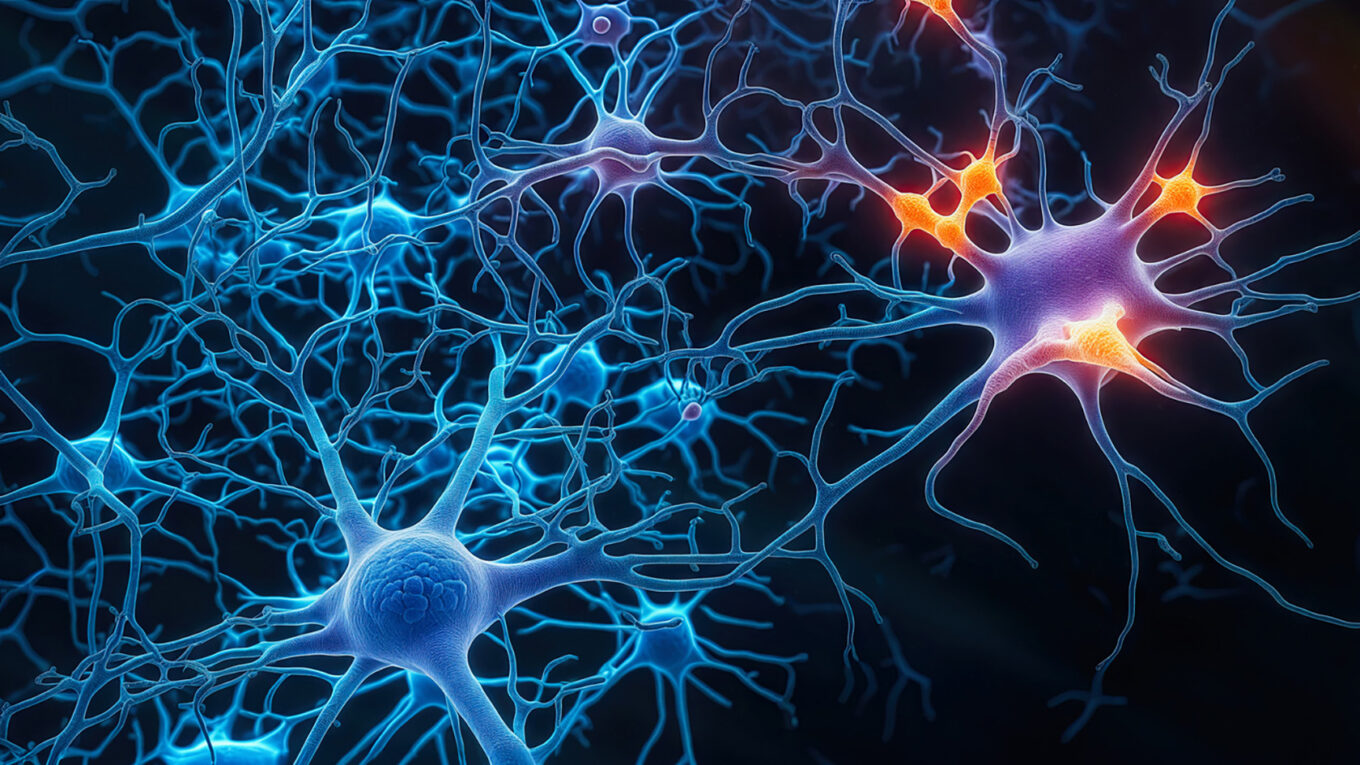It has been discovered by a team of neuroscientists at the University of Zurich that oligodendrocytes, specialized cells that produce myelin, play a vital role in fueling the energy needs of firing nerve fibers in the brain. These nerve fibers, known as axons, rely on swift electrical signals to facilitate brain function. This study sheds light on the mechanisms that support the rapid and efficient transmission of these signals, ultimately contributing to the maintenance of healthy brain connections.
The research team, led by Aiman Saab, conducted their study using the optic nerve of mice as a model. The optic nerve offers an ideal pathway for monitoring the electrical activity of myelinated axons and observing how oligodendrocytes respond to this activity. In order to examine the communication between axons and oligodendrocytes, the researchers utilized biosensors in the form of engineered proteins that detect molecular changes.
The study revealed that oligodendrocytes not only detect signals from active axons but also respond by increasing their consumption of glucose, a primary energy source. By doing so, oligodendrocytes deliver energy-rich molecules to the firing axons, supporting their dynamic energy needs. The researchers identified potassium, released by axons during firing, as the key signal that activates the oligodendrocytes.
Moreover, the team discovered that a specific potassium channel, called Kir4.1, plays a crucial role in the communication between axons and oligodendrocytes. To investigate further, the researchers used genetically modified mice that lacked these channels in their oligodendrocytes. The results showed reduced levels of lactate, a byproduct of glucose metabolism, in axons without these potassium channels. This reduction in glucose metabolism led to severe axon damage in the mice as they aged.
The findings highlight the essential role of oligodendrocytes in regulating metabolic processes in axons, which are crucial for maintaining healthy brain connections. It is also suggested that disruptions in axonal glucose metabolism due to oligodendrocyte dysfunction could contribute to nerve damage, particularly in aging and neurodegenerative diseases such as multiple sclerosis and Alzheimer’s.
Moving forward, the researchers plan to investigate how the regulation of glucose by oligodendrocytes affects specific functions of nerve fibers, with a particular focus on their health during aging and neurological disorders. Understanding these processes could lead to potential therapeutic strategies for maintaining brain health and preventing nerve damage in various conditions.
In conclusion, this study provides valuable insights into the role of oligodendrocytes in fueling the energy needs of firing nerve fibers in the brain. The findings contribute to our understanding of the mechanisms that support healthy brain connections and highlight the potential implications for aging and neurodegenerative diseases. Further research in this area could pave the way for new therapeutic approaches to preserve brain function and prevent nerve damage.

